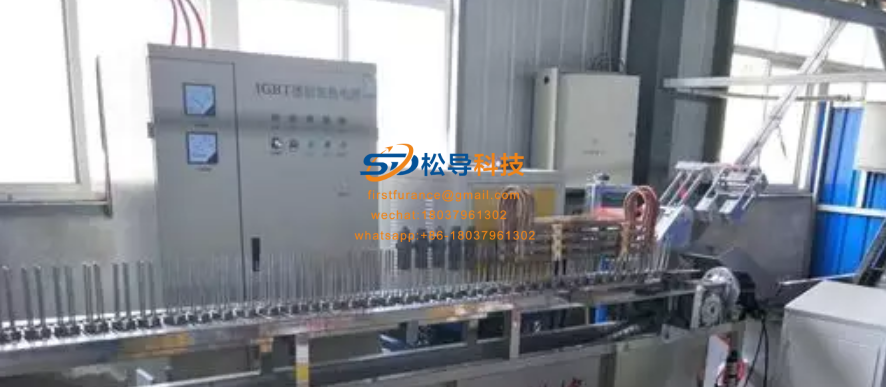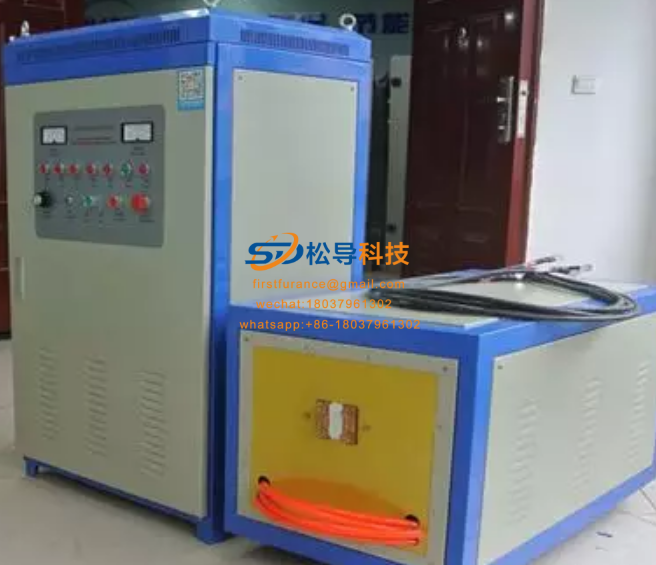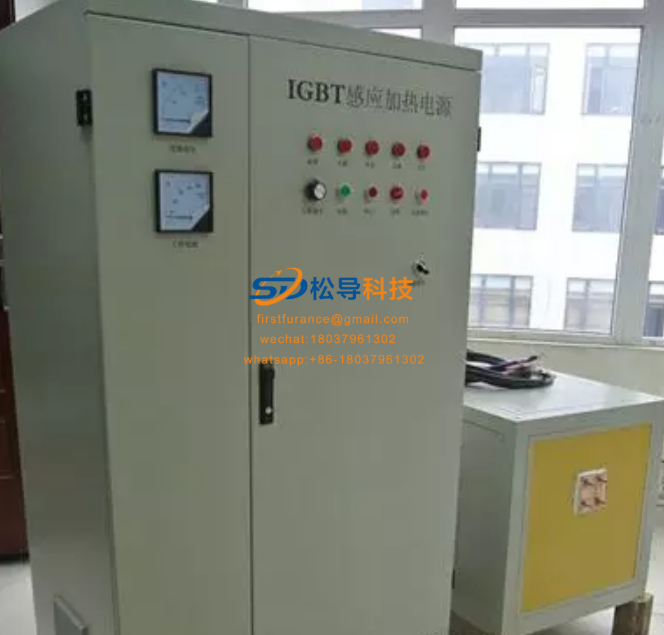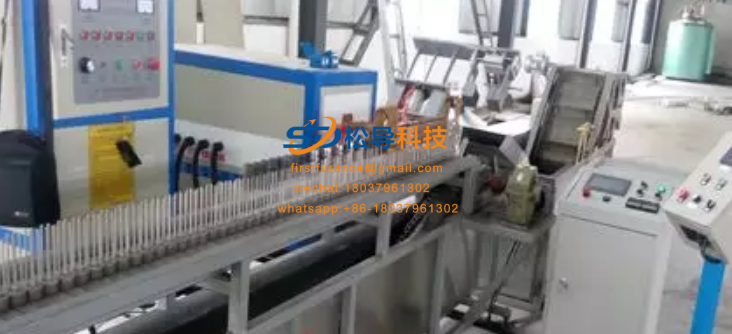
First, the understanding of surface quenching:
Surface quenching is a partial quenching method in which the surface of the workpiece is heated to austenite, which is rapidly cooled immediately after the heat has not been transmitted to the core, so that the surface has a certain depth of hardened layer while the core remains the original structure. Widely used in the industry are flame heating quenching, induction heating quenching and laser heating quenching. Today is the induction heating quenching.
Second, the understanding of induction heating quenching :
Induction heating quenching is the use of a heating inductor that is connected to an alternating current to generate a certain frequency of induced current in the workpiece. The skin effect of the induced current causes the surface layer of the workpiece to be rapidly heated to the austenite region, and immediately sprays water to cool, and the surface of the workpiece is obtained. Certainly the hardened layer of God. The higher the frequency of the current, the shallower the hardened layer.
According to the current frequency, induction heating can be divided into:
(1) High-frequency induction heating equipment (100-1000KHZ), hardened layer is 0.2-2mm, suitable for small and medium-sized gears, shafts and other parts

![]()
(1) Medium frequency induction heating equipment (0.5-10 KHZ), hardened layer is 2-8mm, suitable for large and medium gears, shafts and other parts

![]()
(1) Power frequency induction heating (50Hz), the depth of hardened layer is greater than 10-15mm, suitable for large parts such as rolls and shafts with diameter greater than 300mm.

![]()
Third, the advantages and disadvantages of induction heating surface quenching introduction:
Advantages: good quenching quality, fine surface structure, high hardness (2-3HRC higher than conventional quenching), small hardening, high production efficiency and easy automation.
Disadvantages: The equipment is expensive and not suitable for single piece production.
Fourth, the use of induction hardening equipment:
The workpiece needs to be pre-heat treated before induction hardening, generally quenching or normalizing, to ensure uniform and fine martensite after quenching, and to improve the hardness, strength and toughness of the workpiece core and machinability. Reduce quenching deformation. After the workpiece is quenched on the induction heating surface, the sea is subjected to low temperature tempering (180-200 ° C) to obtain tempered martensite in the surface layer. Reduce internal stress and brittleness while ensuring high surface hardness.

